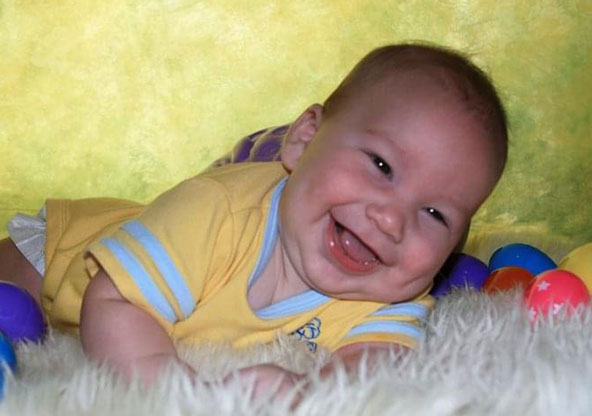Pediatric Epilepsy
What is Epilepsy?
Seizures can be scary, but we provide you and your child with evidence-based treatment.
Seizures happen when electrical activity in the brain changes a child’s awareness, movement, or behavior. A person collapsing and shaking uncontrollably does not always define seizures. An infection may cause seizures in the brain, a stroke or low blood sugar, so if your child has new seizures, you must get them evaluated quickly.
Just because a child has seizures does not automatically mean they have epilepsy. Epilepsy means someone has more than one unprovoked seizure (meaning not from a fever, low blood sugar, etc.). We have assembled a team of specialists who will work together to determine if your child has epilepsy and identify an appropriate and effective treatment plan. We specialize in rare syndromes and difficult-to-treat epilepsy, including evaluations for epilepsy surgery if needed.
What causes epilepsy?
The cause of epilepsy is caused by many factors, including:
- Abnormal electrical activity in the brain
- Abnormal brain development from a birth defect or inherited disorder
- Genetic predisposition
- Infections
- Head Trauma
Signs & Symptoms
Common signs and symptoms of epilepsy in children include:
- Uncontrollable twitching or jerking movements (seizures)
- Staring spells with no response to stimulation
- Loss of consciousness
- Difficulty speaking
- Muscle spasms or stiffening of the body
- Abnormal sensations such as tingling, feeling faint, and nausea
- Confusion or disorientation after a seizure ends
- Anxiety, irritability, and mood swings
Consult with a doctor or specialist to determine if your child is experiencing any of these symptoms.
Risk Factors
Epilepsy risk factors are:
- Family history of epilepsy
- Head injuries
- Stroke or brain tumors
- Certain infections, such as meningitis and encephalitis
- Developmental disabilities
- Other medical conditions like Alzheimer’s disease
Diagnosis
The first step to diagnosis is often an electroencephalogram (EEG) that will measure your child’s brain activity. The EEG is a painless procedure in which electrodes are placed on a child’s head with glue/tape, but it does not require their hair to be shaved or cut. An EEG usually lasts around an hour. Some children may need to be monitored much longer so doctors can get the information they need to make a firm diagnosis. Sometimes a brain MRI (magnetic resonance imaging) will be ordered to aid further the doctor’s ability to diagnose.
Treatment
Most cases of epilepsy can be controlled with oral medication, while others can benefit from surgery. Whatever the treatment plan, our team is with you every step of the way to answer your questions and help your child.

